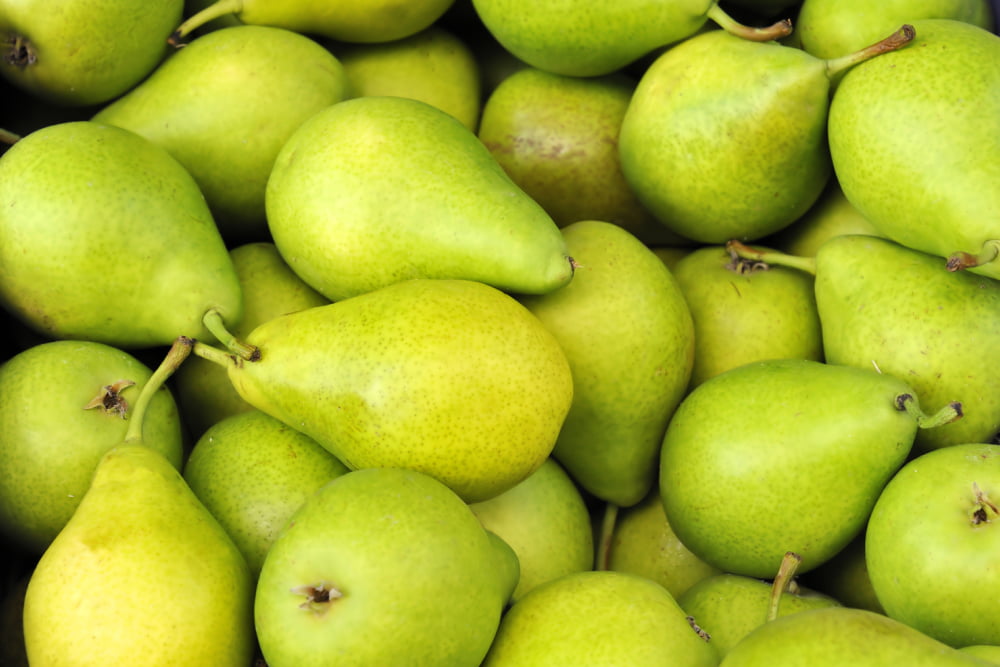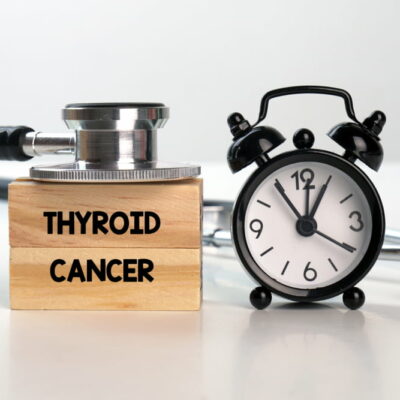
Foods to Avoid for Patients with Huntingtons Disease
Huntington’s disease is a debilitating inherited disorder wherein selective brain cell death causes a gradual decline in emotional, physical, and cognitive function. Some common complications associated with the condition include problems with swallowing and eating, especially as the disease advances. It also results in loss of muscle coordination and control, leading to choking and spilling food from the mouth. The disease may also lead to symptoms like dementia.
Given the severity of the symptoms, one must take measures to manage the condition. Beyond the ongoing medications and treatment, food choices can help with disease management. So, here are some of the worst foods for Huntington’s disease one must strictly avoid.
1. Raw fruits
Individuals with dysphagia may experience difficulty swallowing and should avoid the intake of raw fruits to prevent further complications. Hence, for increased safety and to prevent difficulty eating, one must evaluate food consistency when picking any food item. Raw fruits, like pears and apples, are the worst foods for Huntington’s disease, as they are thicker and difficult to swallow.
2. Stringy vegetables
Another item that is difficult to swallow is the stringy vegetables. These include celery and green peas. Broadly, people with Huntington’s disease must avoid anything that aggravates their susceptibility to aspiration or choking. Thus, it is imperative to consider the vegetables’ texture when choosing.
3. Crunchy or tough foods
Chips, flaky pastries, crackers, and toast are also risky inclusions for people with Huntington’s. People with the condition have dysphagia. Thus, doctors recommend soft items that are easier to swallow, and options like crunchy, flaky, or tough foods can be severely dangerous.
4. Nuts
While nuts are rich in nutrients, they can be severely dangerous for people with Huntington’s disease. Chorea, a prevalent Huntington’s disease symptom, results in irregular, involuntary, and unexpected movements. A single jerky movement before chewing a nut can make it roll to the throat. Further, nuts are hard, and those with Huntington’s disease should always opt for soft foods.
5. Granola
As stated above, crunchy and hard foods are a big no for people with Huntington’s disease. So, granola is no exception, as it aggravates the risk of aspiration and choking in people with the disease.
While these are some foods to avoid, one must also include some foods in meals to manage the symptoms and condition. These are as follows:
- Cream or whole milk
- Avocado
- Oil-based dressings or oils
- Margarine
- Nut butter
- Cheese
- Tofu
- Beans
- Milk
- Yogurt
Further, given the challenges in swallowing, moist or soft foods, like oatmeal, smoothies, canned fruit, and casseroles, are an excellent way to give the body the requisite nutrition, especially with veggies and fruits.
B. Additional tips for ensuring proper nutrition with Huntington’s disease
Indulge in smaller but frequent meals to maintain nutrition. It can help manage poor appetite or fatigue stemming from swallowing concerns and larger meals.
In addition, a nutritional supplement, like a protein shake, can be an excellent inclusion to satiate hunger pangs between meals. However, before including anything on the plate, please speak to a registered dietician or healthcare provider to avoid making any mistakes. It also helps to add high-calorie items with snacks and meals, such as cream with cereal, whole milk, or melting cheese or margarine on cooked vegetables can be a good addition. It keeps the food soft and ensures one gets a balance of calories along with the requisite nutrition.


